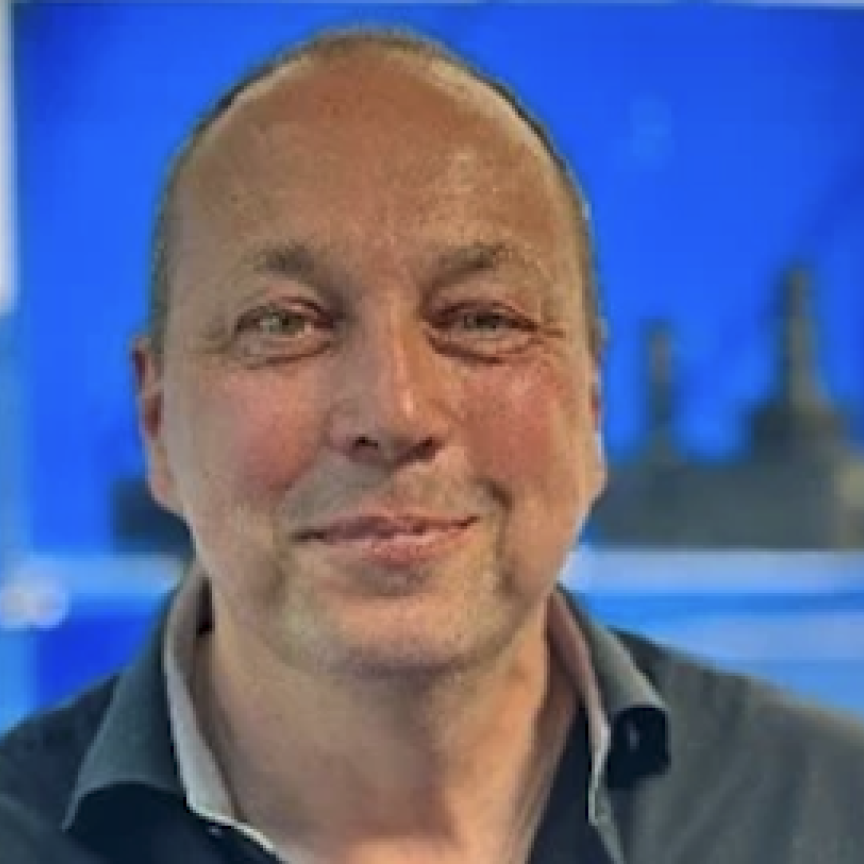Henk de Wit, Alex Muhr, Eugene Anoikin and Daniel Twitchen from Element Six say that meta-surface patterning on diamond optics holds great promise as a replacement for performance-limiting thin film coatings in high-power laser applications
While synthetic diamond optical components are already commonly used in high performance optical systems, the anti-reflective thin film dielectric coatings are significantly limiting the performance of diamond optics. This is particularly evident in complex multiple laser systems such as extreme ultraviolet (EUV) lithography, where the combined CO2 beam powers can be greater than 30kW. Thus, the need for more durable and reliable anti-reflective laser windows is essential.
The combination of superlative thermal, mechanical and optical properties, make diamond grown by chemical vapour deposition (CVD) the material of choice for windows for high power, multi-kilowatt CO2 laser systems. Its wide transmission window from the UV all the way to the RF part of the electromagnetic spectrum combined with the highest hardness and thermal conductivity of any material makes it a stand-out material for robust optics. However, as demands increase for faster throughput in industrial processing like cutting and welding, and new applications emerge such as EUV lithography, which uses CO2 lasers to generate sub-10nm radiation, even more requirements are being asked of the optics.
Diamond optical windows typically include an anti-reflective (AR) thin film coating to minimise reflection losses at each surface, associated with the change in refractive index of diamond to air, thus maximising laser output power. The application of thin film AR coating takes double-side transmission from 71 per cent to greater than 98 per cent. However, these coatings have mechanical and thermal properties that are 1,000 times inferior to those of diamond optics, leading to increased thermal and mechanical failures as optical power densities increase.
Mother Nature provides some hints to an alternative solution. Nocturnal moths navigate under dim light thanks to eyes made of arrays of micro-sized lenses patterned with dome-shaped nanostructures, which reduces reflection. Based on this moth-eye approach, engineers have designed one- and two-dimensional plasmonic arrays with sub-wavelength periodicity, also known as sub-wavelength structures (SWS) or meta-surfaces (MS). Due to their negligible thickness compared to the operating wavelength, meta-surfaces can enforce an abrupt change in both the amplitude and phase of the impinging light.
Element Six has recently shown these diamond meta-surfaces provide an enabling alternative to thin film coatings, with strong potential for much higher reliability and durability in extremely high power laser applications [1]. In addressing reflection losses by structuring the diamond surface, the properties of the optics become dependent only on the outstanding intrinsic diamond properties.
Pioneering work on plasma etching and other subtractive structuring of diamond by groups in Europe and the US has provided the blueprint needed for fabricating meta-surface diamond [2,3]. To meet the high performance specification for parameters such as transmission, diffractive sub-wavelength structure solutions have been modelled and patterning methods specific for CVD diamond structures have been developed. One of the main challenges has been to couple processing techniques and patterning variables to meet transmittance levels achieved by thin film AR solutions today.
Using conventional semiconductor processing techniques, Element Six has been able to create double sided SWS over large areas (>40mm) optimised for CO2 laser wavelengths. Measurements by FTIR spectroscopy and with a CO2-laser confirmed total window transmittance of greater than 98 per cent and reflectivity less than 1 per cent per surface.
Recent experimental results have shown replacing thin film AR coatings with an all-diamond anti-reflective MS-SWS solution greatly increases the laser-induced damage threshold (LIDT), allowing much higher power densities to be transmitted through a window while maintaining low reflection losses. In a comparison test of continuous wave LIDT at 10.6µm, the LIDT of the thin film coated window was determined to be ~0.25MW/cm2 while the same CW laser was unable to damage the MS-SWS moth-eye window even at power densities as high as 3.5MW/cm2.
In summary, developments in MS-SWS technology for anti-refection applications show great promise for a step-change in performance over existing solutions, with greater than 98 per cent transmittance, no additional absorption, low scatter and broadband/wide angle AR effect, and increased LIDT of at least an order of magnitude. In early field testing in EUV lithography systems, these structures look promising for inclusion in next generation of CO2 laser-pumped EUV sources.
We believe this technology has much broader applications than just a solution to reducing reflectance losses at a specific wavelength. Future generations of other types of SWS, should enable other all-diamond solutions to optical components such as quarter wave plates, filters and polarisers.
References:
[1] E. Anoikin and A. Muhr, 'Diamond optical windows with sub-wavelength surface structures', in 2015 European Conference on Lasers and Electro-Optics - European Quantum Electronics Conference, (Optical Society of America, 2015), paper CE_10_2.
[2] M. Loncar and A. Faraon, 'Quantum photonic networks in diamond', MRS Bulletin 38, 144 – 148 (2013).
[3] M. Karlsson and F. Nikolajeff, 'Diamond micro-optics: microlenses and antireflection structured surfaces for the IR', Optics Express 11, 502-507 (2003).
Related articles:
Trumpf invests €70m in EUV facility and showcases tech at Laser Munich
Further information:


